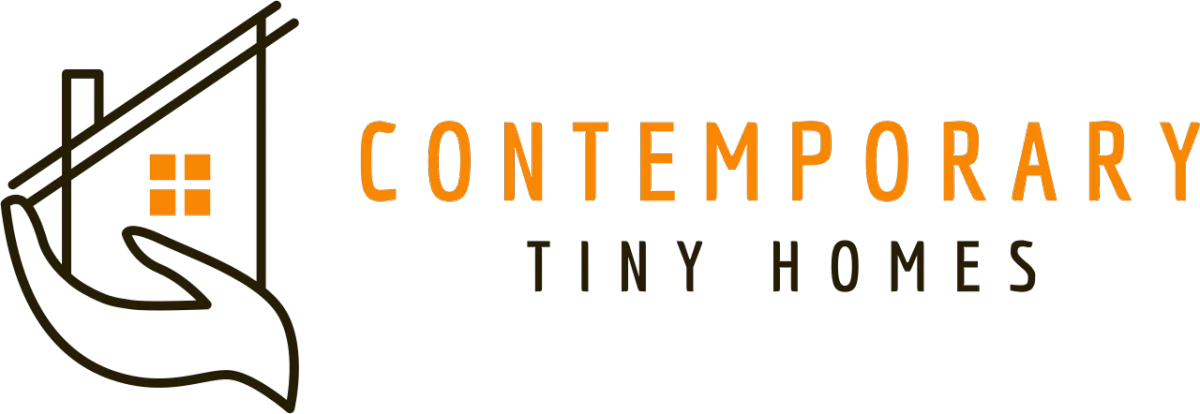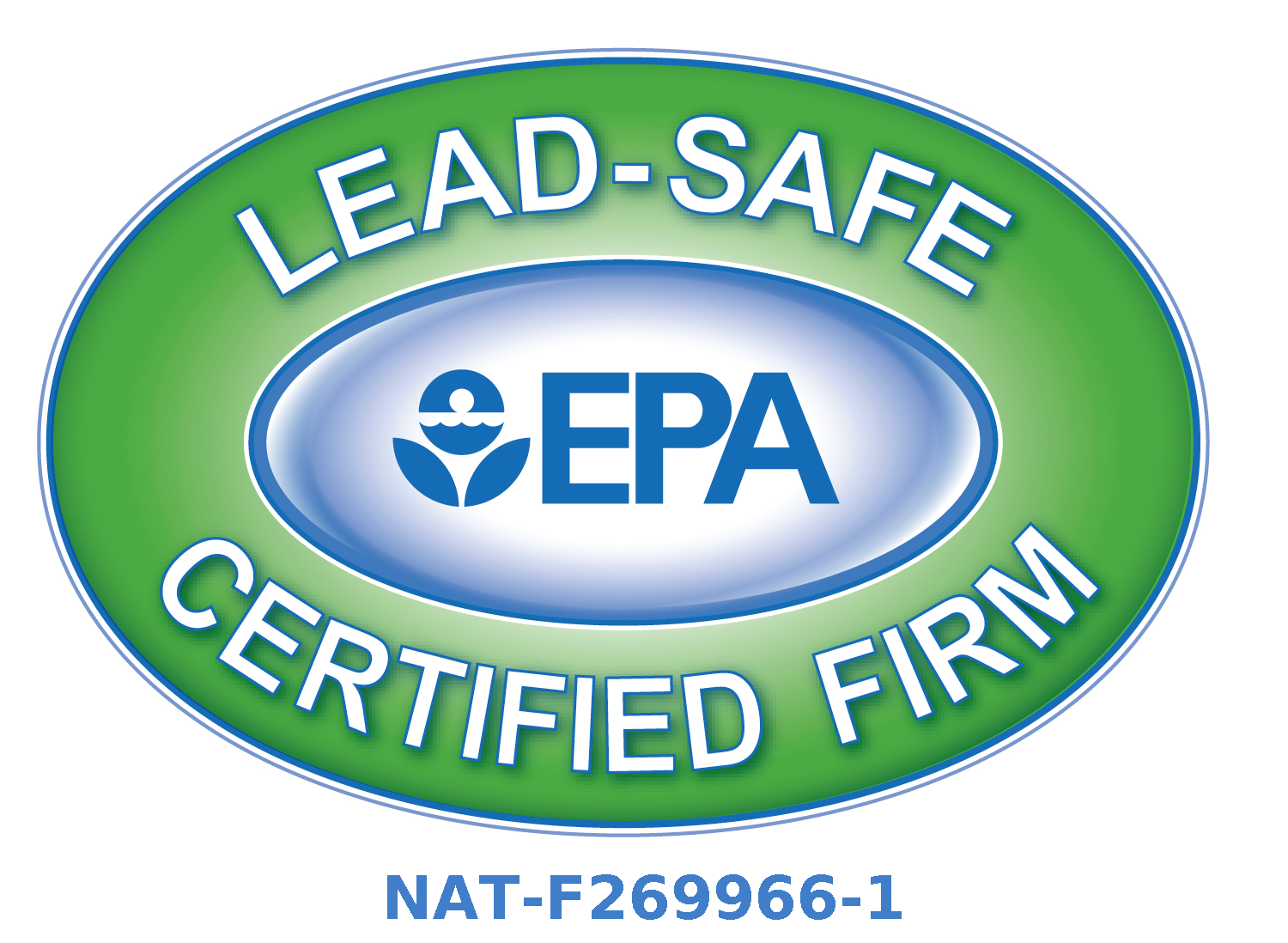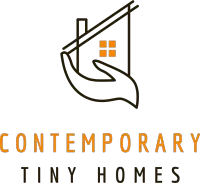Knowledge Center: Your Go-To Resource for ADUs and Tiny Living
Knowledge Center: Your Go-To Resource for ADUs and Tiny Living
Email [email protected]
Phone 860-TINY-HOM (es)

Which Demographics Benefit from Living in ADUs?
Accessory Dwelling Units (ADUs) are transforming modern housing. Compact yet functional, ADUs deliver meaningful benefits—financially, socially, and environmentally. Whether used for rental income, multigenerational living, or aging-in-place, ADUs offer flexible solutions to today’s housing challenges.
This article explores how ADUs support diverse demographic groups, from homeowners to seniors, renters, and people with disabilities—ultimately fostering resilient, inclusive, and future-ready communities.
Economic Benefits for Homeowners
Increased Property Value
ADUs act as a built-in property upgrade. Because they create additional usable living space, homes with ADUs often appraise higher than comparable homes without them.
Rental Income Opportunities
Homeowners can rent their ADU to generate passive income. This income can help offset mortgage payments, improve financial stability, and contribute to more affordable housing options in the community.
Housing Solutions for Aging Populations
Independent Living With Support
ADUs offer a private space for aging parents or relatives while keeping them close to family support. Seniors maintain independence and dignity—without the isolation of living far away.
Aging in Place
Designed with future accessibility in mind, ADUs allow seniors to stay comfortably within their community rather than relocating to assisted living facilities.

Support for Multigenerational Living
Enhanced Family Connectivity
Whether housing adult children, grandparents, or extended relatives, ADUs keep families close—emotionally and geographically.
Privacy and Autonomy
Families share the same property while maintaining privacy. Each generation enjoys its own space, creating harmony without sacrificing independence.
Environmental Sustainability
Reduced Carbon Footprint
ADUs use existing land and utility infrastructure, minimizing land use and reducing environmental impact compared to building a new, separate home.
Promotion of Sustainable Living Practices
ADUs typically consume fewer resources and encourage efficient living—less energy, less heating/cooling, and less waste.
Accessibility for People With Disabilities
Adaptable Living Spaces
ADUs can incorporate accessible features such as wider doorways, open floor plans, or accessible bathrooms—customized to meet unique mobility needs.
Barrier-Free Design
Accessibility-focused ADUs support independent living by ensuring easy movement and safe access throughout the home.

Social Benefits for Communities
Strengthening Community Connections
ADUs create small-scale density without altering neighborhood character, fostering social interaction and strengthening neighborhood ties.
Diverse, Inclusive Neighborhoods
Affordable rental options allow people of different backgrounds, ages, and income levels to live in desirable areas they may otherwise be priced out of.
Policy Implications and Future Considerations
Zoning & Regulations
Local zoning laws determine ADU placement, size, and usage. Understanding these regulations is crucial to ensuring a smooth approval and construction process.
Challenges & Solutions
Common challenges include concerns about parking, neighborhood density, or utility access. Cities that streamline permitting and update outdated zoning can successfully integrate ADUs into housing initiatives.
Conclusion
ADUs are more than extra living space—they are a strategic housing solution. By supporting diverse lifestyles and needs, they encourage financial stability, sustainability, family connectivity, and inclusive communities. As ADU awareness and legislation grow, these smart, flexible homes are shaping a more sustainable and equitable future.

Copyright 2025. All rights reserved. Norwalk, CT
Connecticut's New Home Construction Contractor License: #NHC.0017654
EPA Lead-Safe Certified NAT-F269966-1


